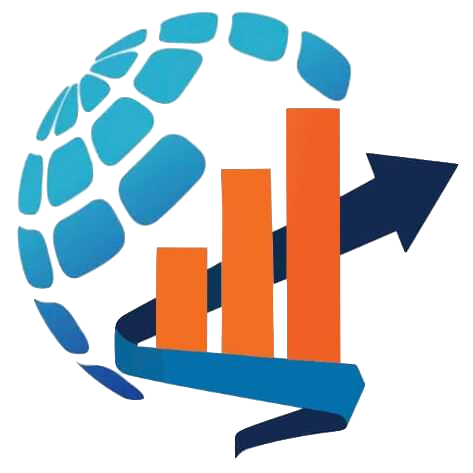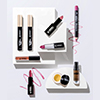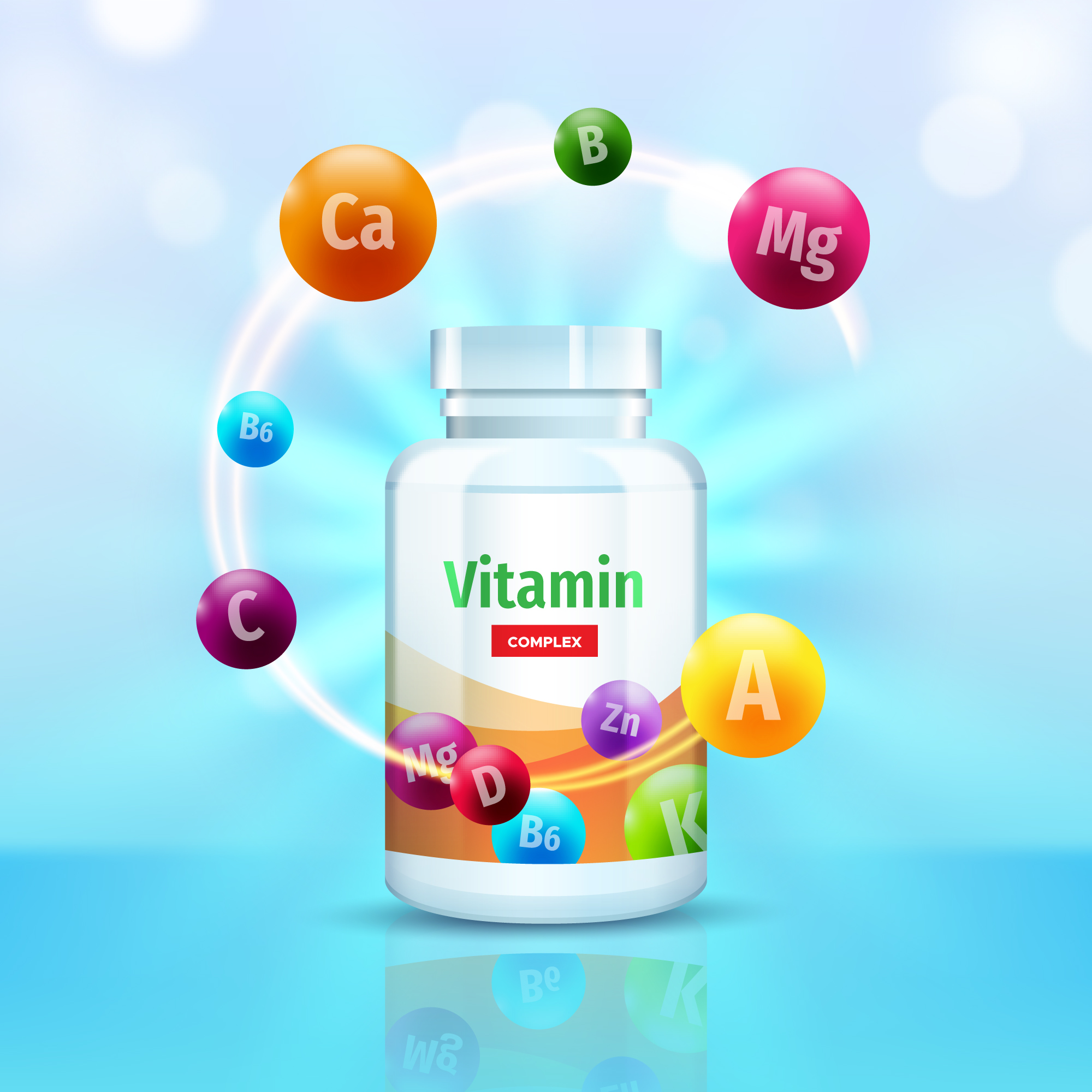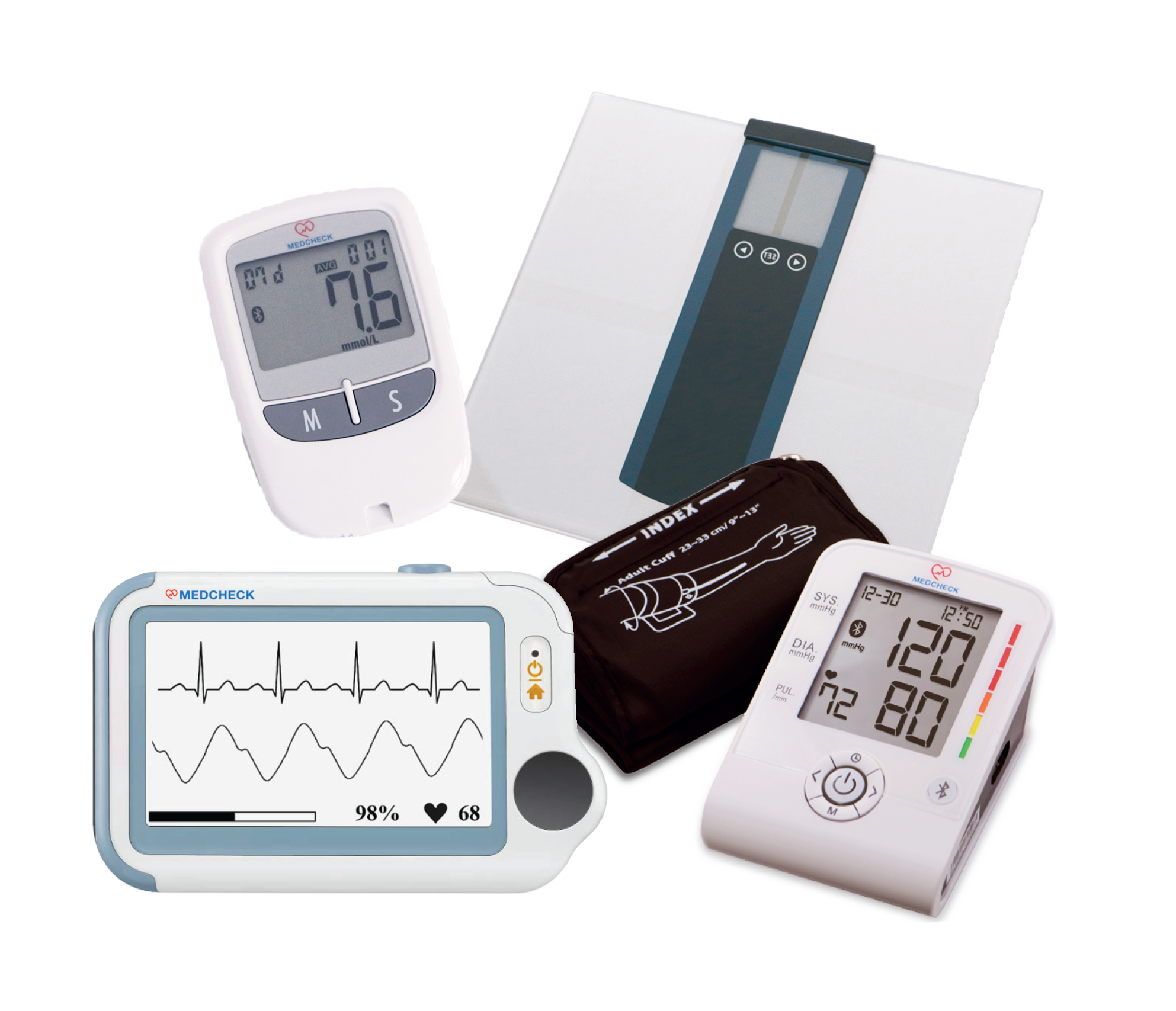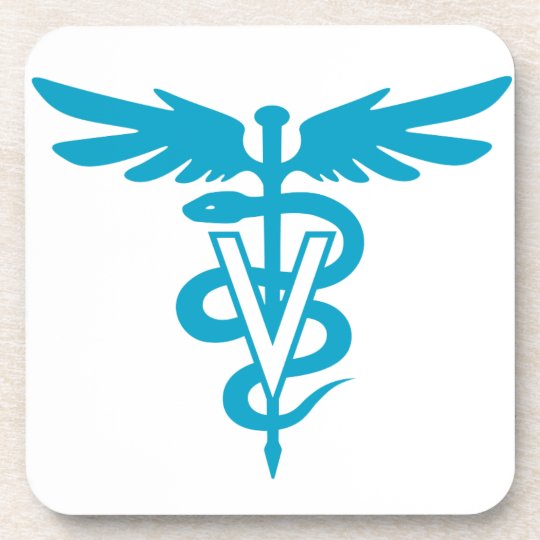Patent Cliff 2025
Patent Cliff 2025 : Expiring Blockbusters and
the Generics Surge Ahead
Navigating the Next Great Disruption in Pharma
The pharmaceutical industry is approaching a
pivotal moment—the 2025–2026 patent cliff, one of the most substantial
in recent history. With patents expiring on drugs generating more than $200
billion in annual revenue, the competitive dynamics of the market are set
to shift dramatically. Innovators face increasing pressure, while generic
manufacturers prepare to capitalize on a rare window of opportunity.
The Perfect Storm: Key Patent Expirations
Several blockbuster drugs—many of which have
defined therapeutic standards—are approaching the end of their patent
protection. This includes products across major disease areas:
Oncology
- Tyrosine kinase inhibitors
with global sales exceeding $5 billion
- Market-leading
immunotherapies
- Precision-targeted treatments
that have revolutionized cancer care
Diabetes
- Long-acting insulins with
dominant market penetration
- SGLT2 inhibitors that
reshaped the management of type 2 diabetes
Autoimmune Disorders
- Monoclonal antibodies that
have long served as treatment mainstays
- JAK inhibitors that opened
new therapeutic frontiers
Innovator Companies Under Pressure
Several major pharmaceutical players face
significant revenue risks:
- AbbVie: Facing major losses as its immunology
portfolio, including top-selling biologics, loses exclusivity.
- Bristol-Myers Squibb: Oncology assets under increasing generic
threat.
- Novartis: Affected across multiple therapeutic
areas.
- Gilead Sciences and Roche: Preparing for the
erosion of critical revenue-driving products.
Despite years of preparation and risk
mitigation efforts, the sheer scale of the cliff poses a serious challenge to
long-term profitability.
A Generational Opportunity for Generic and
Biosimilar Manufacturers
For generic and biosimilar companies, the
upcoming wave of expirations represents the most significant commercial
opportunity in over a decade.
Advantages of First-to-File Generics
- 180-day market exclusivity in the U.S.
- Rapid market share capture, often exceeding 80% within weeks
- Higher short-term margins during exclusivity periods
Priority Therapeutic Areas
- Oncology: High entry barriers, premium pricing,
and unmet demand
- Diabetes: High-volume prescriptions and sustained
global growth
- Autoimmune diseases: Chronic treatment needs and strong brand
loyalty
Strategic Responses from Innovators
Pharmaceutical innovators are adopting
multi-pronged strategies to mitigate the impact of the patent cliff and
preserve revenue streams.
Life Cycle Management
- Reformulations (e.g.,
extended-release, fixed-dose combinations)
- Expansion into new
indications or patient populations
- Pediatric or rare disease
extensions
Accelerated Diversification
- Strategic acquisitions to
offset losses
- Partnerships to access
next-generation technologies
- Increased investment in advanced
therapies (e.g., gene therapy, cell therapy)
Business Model Evolution
- Integration of healthcare
services (e.g., patient support, diagnostics)
- Shift toward value- and
outcomes-based models
- Expansion into digital
health platforms and real-world evidence initiatives
Preparing for the Competitive Landscape
For Innovators
- Portfolio risk audit: Identify drugs at risk and evaluate
lifecycle extension options
- Pipeline prioritization: Accelerate late-stage programs with
strong differentiation
- Strategic partnerships: Collaborate to share risk, tap external
innovation, and enter new markets
- Operational efficiency: Reduce costs and optimize commercial
strategy for a more price-sensitive environment
For Generic and Biosimilar Manufacturers
- Market intelligence: Track patent expirations and competitor
filings
- Regulatory readiness: Prepare for timely ANDA and biosimilar
submissions
- Supply chain preparedness: Ensure launch readiness from Day 1
- Smart pricing strategies: Maximize both market share and
profitability
Regulatory Tailwinds
Regulatory agencies are increasingly enabling
faster and broader market access for generics and biosimilars:
- FDA: Streamlined pathways for complex
generics and first-cycle approvals
- EMA: Harmonization of biosimilar evaluation
and extrapolation standards
- ANMAT and other national
agencies: Reforming
regulatory frameworks to accommodate evolving modalities
Looking Ahead: Transformation, Not Just
Disruption
The 2025–2026 patent cliff is not merely a
disruption—it marks a transformative phase in the global pharmaceutical
landscape. Companies that act proactively—through agile planning, smart
investments, and bold collaborations—will not only withstand the impact but
will emerge more competitive.
Adaptability is now a core competency. In a world where innovation cycles are
shortening and price pressures are intensifying, the winners will be those that
see the patent cliff not as an end, but as a new beginning.
Appendix: Go-to-Market Strategy Framework
For New Market Entrants (Generics and
Biosimilars)
- Market Entry Analysis: Assess entry barriers and regulatory
requirements by region
- Portfolio Selection: Choose molecules based on volume,
margin, and unmet need
- Cost Analysis: Forecast R&D, manufacturing,
regulatory, and distribution costs
- Sales Forecasting: Estimate market share uptake and price
erosion over time
- Regulatory &
Registration Strategy:
Optimize filing pathways and timelines
- Commercial Strategy: Develop branding, positioning, and
education plans for stakeholders

